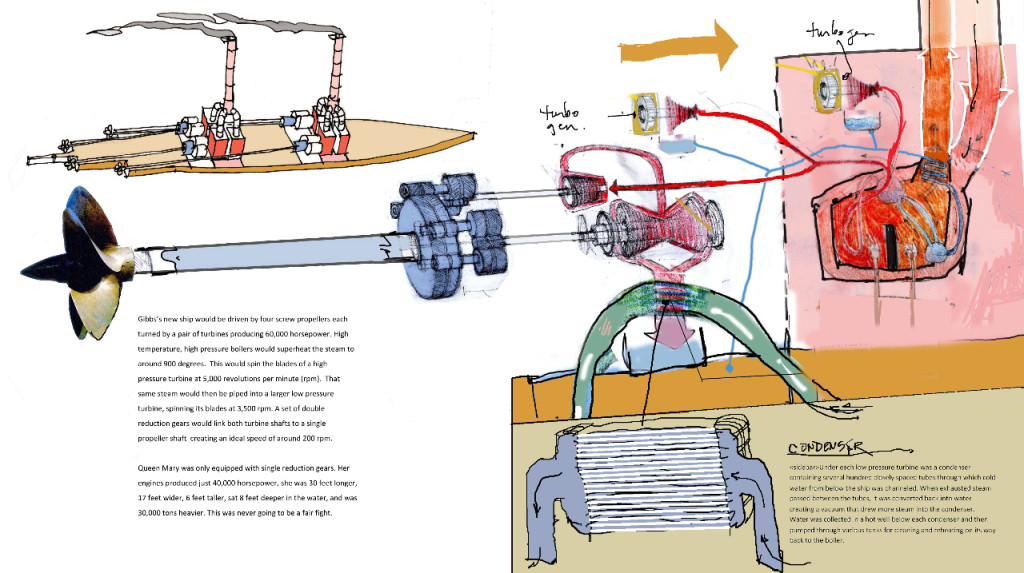Hello,
I’d like to welcome you to Crossing on Time and offer a few thoughts before you embark.
In 1957, my parents made a momentous course correction to the life they knew by deciding to leave England for a new job in a far away place called New Jersey. It was a daring decision, but having both served in and survived a brutal war, they were confident they could make the best of whatever the future might hold. Their primary motive was simple: the possibilities the United States of America would provide their three children.
My sister and brother and I were not overly burdened by the complex emotions of leaving our local friends and scattered family. We simply followed instructions and eventually found ourselves walking the plank that connected British soil to a thousand-foot-long ocean liner called the SS United States—the star of this book. A majestic symbol of American ingenuity and prosperity, and the fastest ship in the world, it was also a testament to one man’s vision and remarkable perseverance.
At ten, I didn’t care about any of that. I just wanted to see the Empire State Building. Sixty years later, here is the rest of the story. Thanks for waiting.
Bon Voyage.
David Macaulay
David Macaulay, co-creator of the international bestseller The Way Things Work, brings his signature curiosity and detailing to the story of the SS United States as the crowning culmination of the centuries-long pursuit of transatlantic travel. In this meticulously researched and stunningly illustrated book, SS United States Conservancy Advisory Council member Macaulay brings his unique artistic and storytelling abilities to the quest for the “perfect ship”. Prior to the 1800s, ships crossing the Atlantic Ocean relied on the wind in their sails to make their journeys. But invention of steam power ushered in a new era of transportation that would change ocean travel forever: the steamship. Award-winning author-illustrator David Macaulay guides readers through the fascinating history that culminated in the building of the most advanced—and last—of these steamships: the SS United States. This book artfully explores the design and construction of the ship and the life of its designer and engineer, William Francis Gibbs. Framed around the author's own experience steaming across the Atlantic on the very same SS United States, Crossing on Time is a tour de force of the art of explanation and a touching and surprising childhood story. The book can be purchased by visiting Macmillan Publisher's website: https://us.macmillan.com/books/9781596434776.






